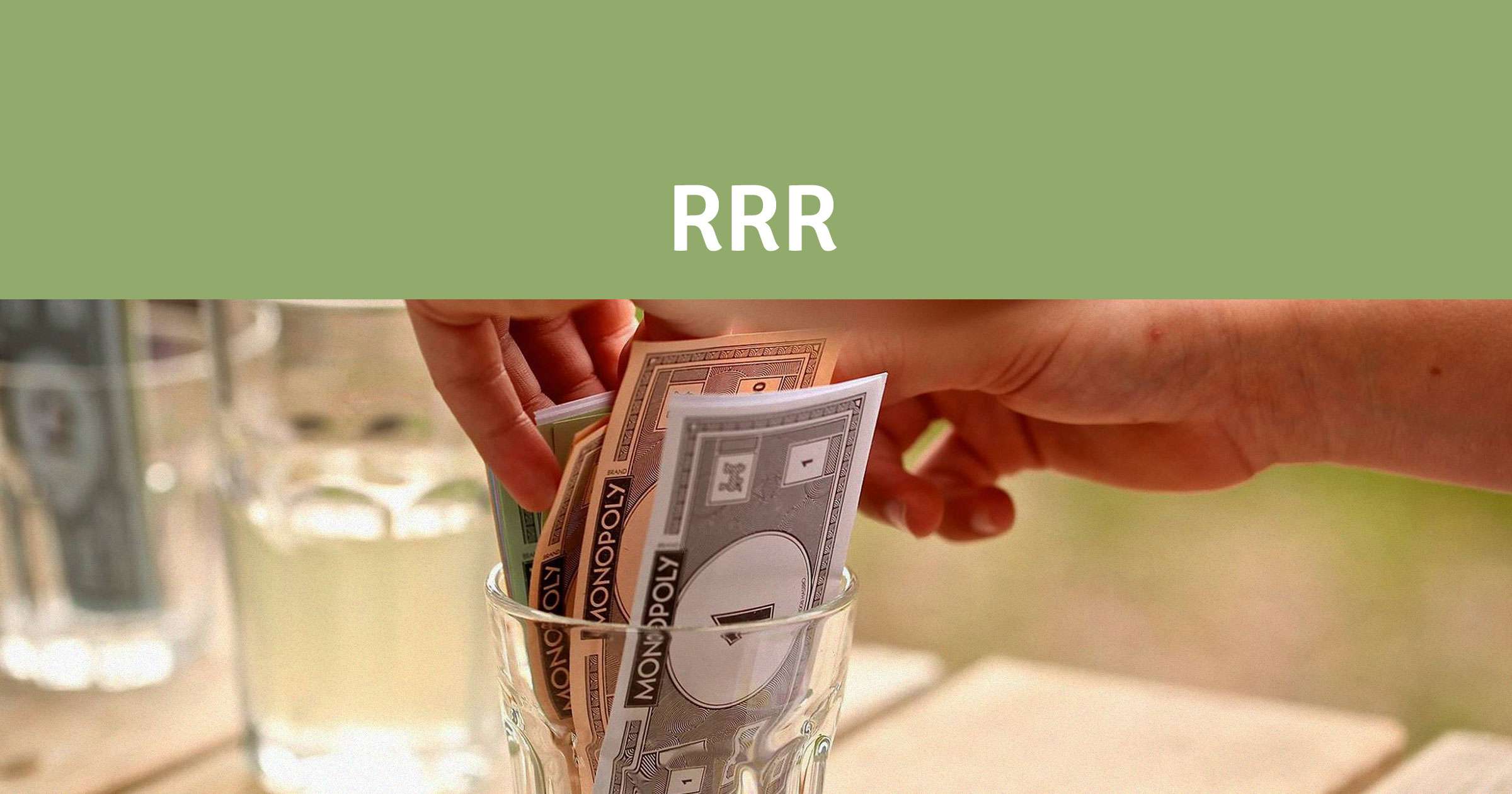What it’s for
When you deposit money at a bank, the cash doesn’t actually just stay in the vault. The bank lends some of it to people getting loans. But if you need to, you can still withdraw all your money because banks are required to keep cash reserves.
The reserve requirement ratio (RRR) is the minimum amount of cash a bank should have at hand. This amount is a percentage of the deposits at the bank, and it is set by the Bangko Sentral ng Pilipinas (BSP).
How finance folk use it
Banks are required to keep a fraction of all the money deposited with them. The lower it is, the more loans can be given. When the banks are paid back with interest, they get more money which they can use to pay the interest of people with deposits.
The BSP also uses the RRR as a way of controlling how much money circulates in the economy.
When there is a lot of money in the economy, inflation usually rises. The BSP can slow it down by raising the RRR, often together with the key interest rate. This can reduce economic activity too, because people will prefer to save instead of buying things while businesses won’t expand as much to avoid higher loan interest.
On the other hand, a lower RRR and lower interest rates may cause more people to borrow money from banks to buy cars and houses, or to start businesses which drive economic growth.
What it means for you
For you, the RRR means three things:
- It lets you withdraw money from your savings whenever you want.
- It lets people take out loans, driving economic activity and earning interest for savings.
- It can be used to gauge if the economy is growing or slowing down.




